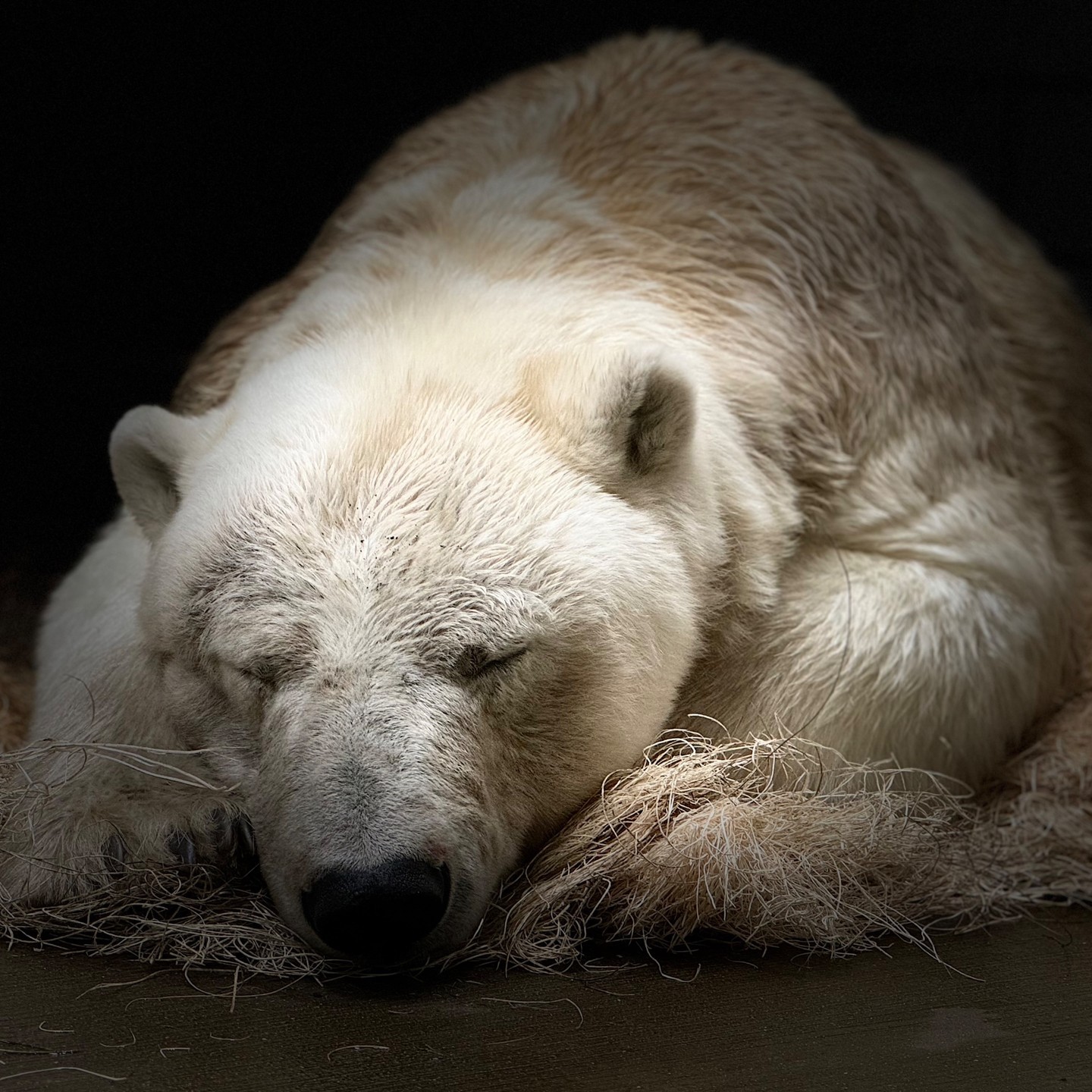- Discuss the wildlife conservation efforts highlighted by “Enjoy the last sleep of 2024! See you in 2025.”
- Explore the role of individuals like Jill D., Gina S., and Becca S. in promoting zoo management and conservation.
- Examine the impact of zoo management practices on animal welfare and conservation education.
- Highlight the importance of collaborative endeavors in wildlife conservation, drawing from the achievements of dedicated individuals.
- Investigate how their efforts integrate with broader conservation goals and sustainable practices in zoology.
“Enjoy the last sleep of 2024! See you in 2025.” This intriguing message channels more than just a New Year’s greeting; it underlines diligent work in wildlife conservation and zoo management. As the planet faces escalating environmental concerns, the role of conservation has never been more vital. The devoted individuals behind such endeavors exemplify the synergy between scientific knowledge and passionate care for wildlife. Their continuous efforts reveal the importance of engaging the public in preservation activities, fostering an informed and motivated community.
Wildlife conservation is an expansive field that requires an unwavering commitment to protect biodiversity. The project referenced in “Enjoy the last sleep of 2024! See you in 2025.” showcases efforts to create a lasting impact on our shared ecosystems. Jill D., Gina S., and Becca S., among others, are pivotal in these operations. These conservationists collaborate with zoos and wildlife parks to safeguard endangered species, create sustainable habitats, and educate the wider audience about environmental stewardship. Through campaigns and initiatives, they bring pressing conservation challenges into the limelight, urging a collective response to counter the threats posed to wildlife.
One such method of advancing conservation is through effective zoo management. Zoos serve as both a haven for endangered species and an educational tool for the public. They are at the forefront of conservation research, often engaging in breeding programs and habitat restoration. Proper management within these facilities ensures that animals endure less stress and have environments that mirror their natural habitats as closely as possible. This not only guarantees animal welfare but also enhances the educational value of the zoo experience.
The individuals involved are key players in manifesting these conservation practices. Jill D.’s dedication shines through her work in developing engaging educational programs that draw attention to endangered species and their habitats. Gina S. brings expertise in integrating advanced technology into zoo settings, improving tracking and monitoring efforts that provide invaluable data for conservation strategies. Becca S.’s endeavors in habitat design enrich the living conditions for zoo inhabitants, demonstrating the central role of creative solutions in welfare improvement.
Collaboration is a cornerstone of successful conservation initiatives. As demonstrated by these professionals, pooling resources and knowledge amplifies results. Noteworthy partnerships between zoologists, ecosystem experts, and educators facilitate a holistic approach to conservation challenges. By working together, these individuals are able to draft comprehensive strategies that address not only the immediate concerns but also long-term sustainability goals. This collaborative spirit is imperative for fostering resilience among wildlife populations and securing biodiversity for future generations.
Integrating individual efforts with broader conservation goals is essential. The work of Jill D., Gina S., Becca S., and others forms part of a larger tapestry of initiatives that intersect with global conservation efforts. These initiatives prioritize ecological balance, tackling issues like habitat destruction, climate change, and illegal wildlife trade. Their collective output underscores the significance of having informed and skilled individuals dedicated to conservation, bridging the gap between localized efforts and overarching international objectives.
In conclusion, “Enjoy the last sleep of 2024! See you in 2025.” is more than a phrase; it is a call to action, intertwined with strategic endeavors in wildlife conservation and zoo management. The earnest work, epitomized by individuals such as Jill D., Gina S., and Becca S., reminds us of the profound impact of collaborative and well-informed conservation efforts. Their contributions not only aid in preserving the earth’s biodiversity but also inspire communities to engage in sustainable practices. By furthering education and awareness, these efforts build a bridge between people and the natural world, advocating for a future where coexistence with nature is prioritized and celebrated.
*****
Source Description
Enjoy the last sleep of 2024! See you in 2025.
📸 Jill D., Gina S., Becca S., Dianne M., Anna C., Helen R.

